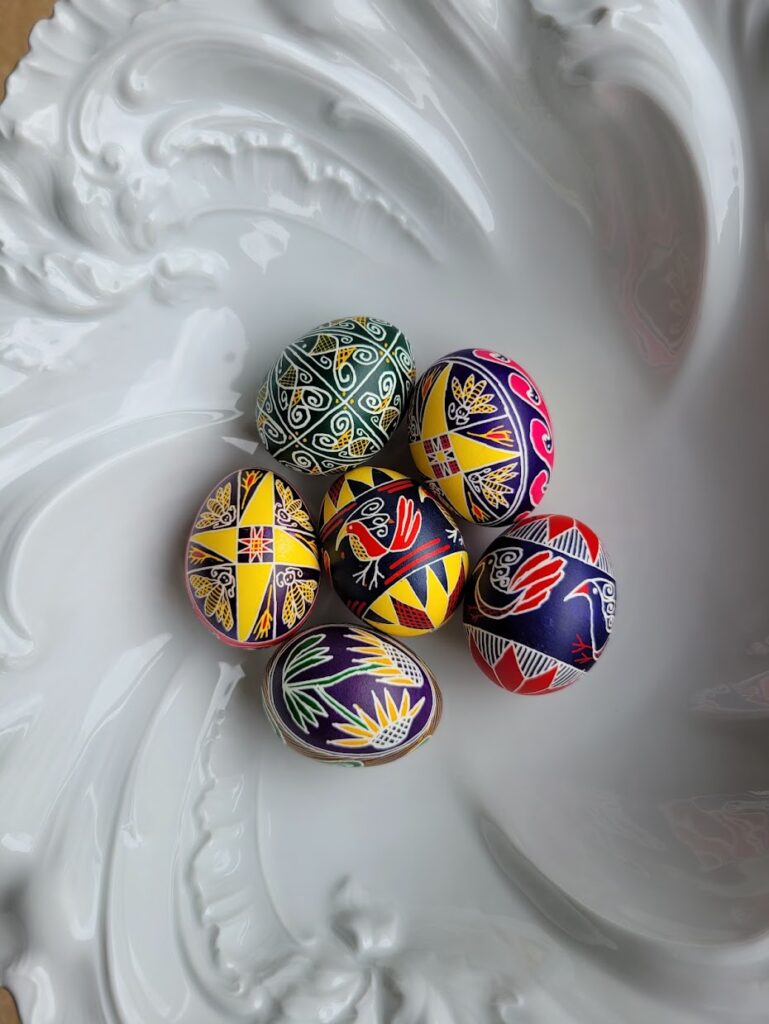
I have been in heavy novel-writing-mode so not much time for egg-writing. These are the 6 pysanky that I managed to do this year before Easter. Half of them have been gifted to family. Love working on pee wee eggs!
writes about war from a young person's view #bannedbyrussia

I have been in heavy novel-writing-mode so not much time for egg-writing. These are the 6 pysanky that I managed to do this year before Easter. Half of them have been gifted to family. Love working on pee wee eggs!
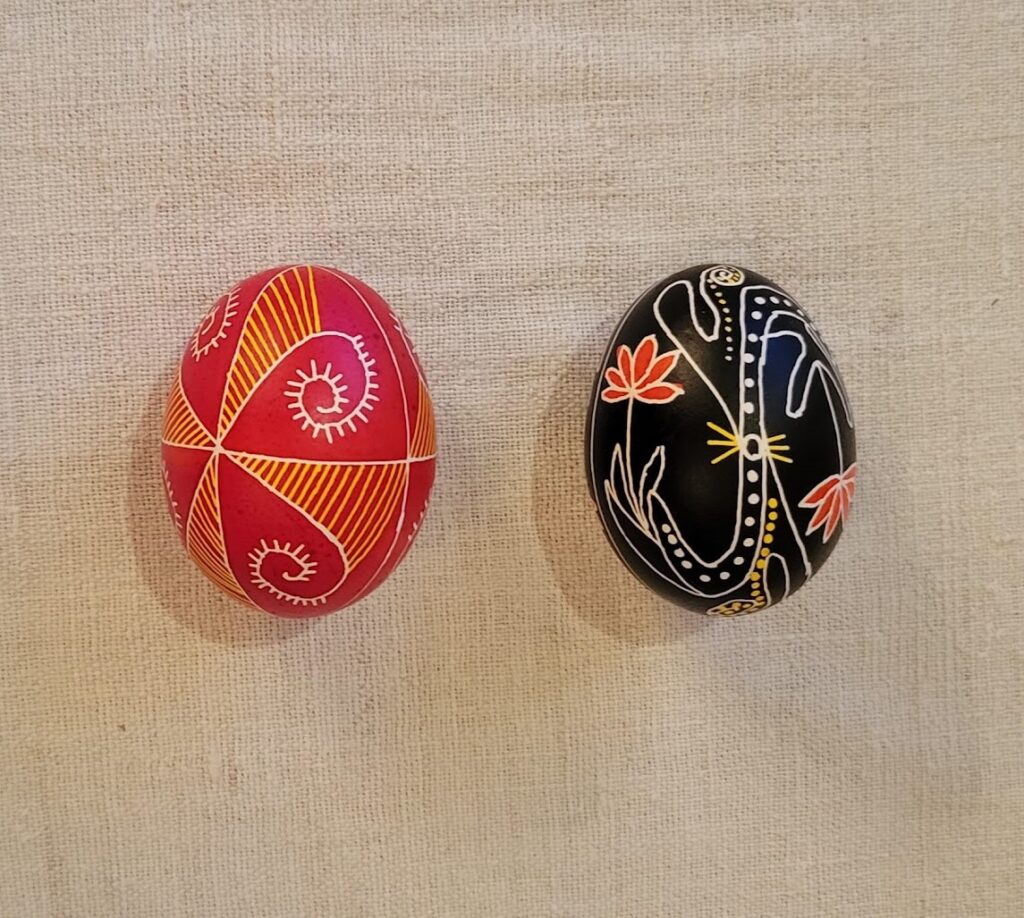
For World Pysanky Day. A traditional design from Zakarpattia on the left in memory of my Ukrainian grandmother, who was born there. On the right, a traditional design from Bukovyna, for my Ukrainian grandfather, who was born there.
Thank you, Ryan Boyko and the Shevchenko Foundation, for creating this interview about the inspiration for Winterkill. This was filmed at Firefly & Fox, a great independent bookstore in Simcoe Ontario.
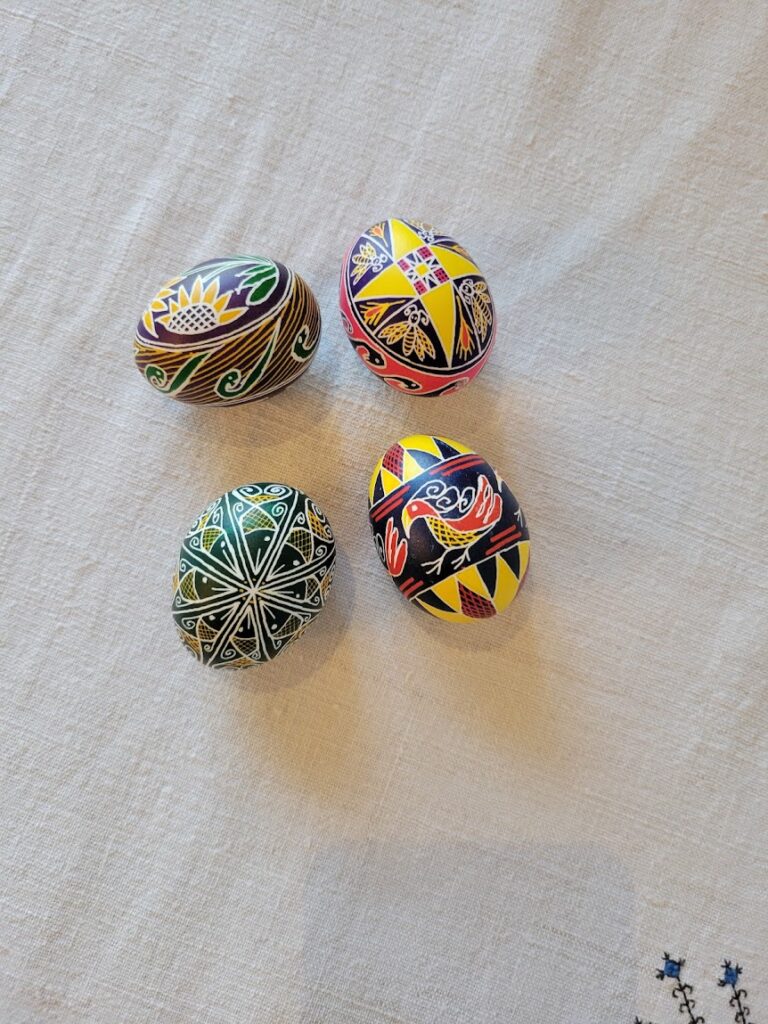
Eeek. There’s a reason I don’t do videos! One pysanka nearly got away!
I like to do pysanky of all different sizes. These first two are pee wee eggs. To give you an idea of the size difference, here’s my first pee wee beside an XL egg from last year:
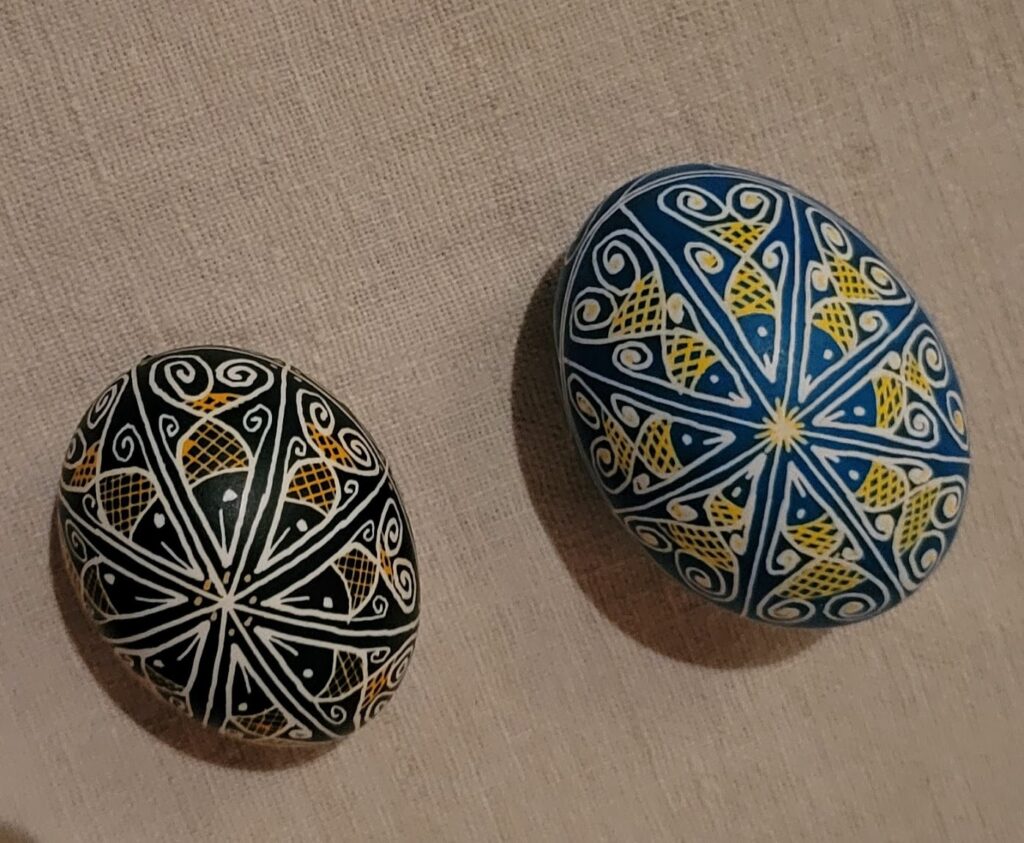
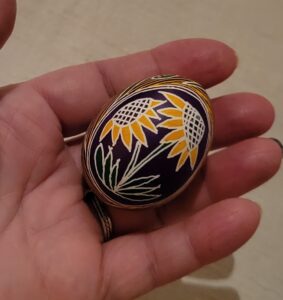
Here’s a step by step (primarily so I can show you the nifty Tryzub nail art that Lacey at Hair Body Boom did for the Kobzar event:
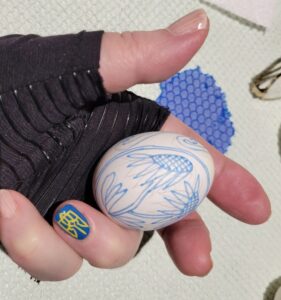
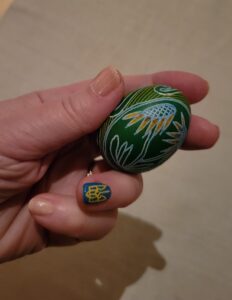
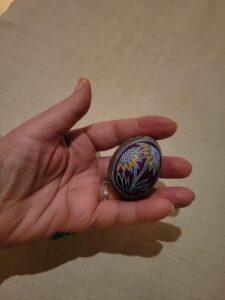

Thank you, Tiffney, for your well-considered questions. I enjoyed our discussion!
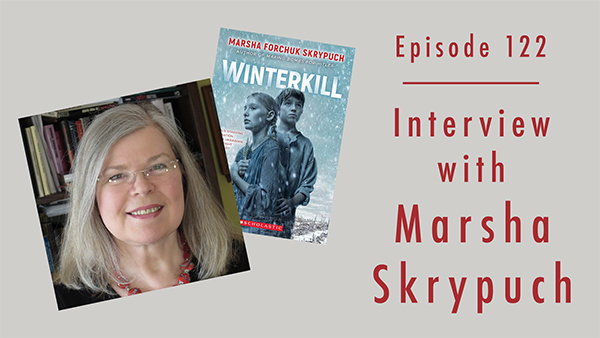
Ms Slapnik of Batesburg-Leesville Middle School North Carolina had scheduled a slot with me for her students, but forces beyond her control foiled our plans. Her students were assigned unexpected mandatory testing and weren’t available. She had a list of questions from the students, so I agreed have the Q&A zoom session recorded.
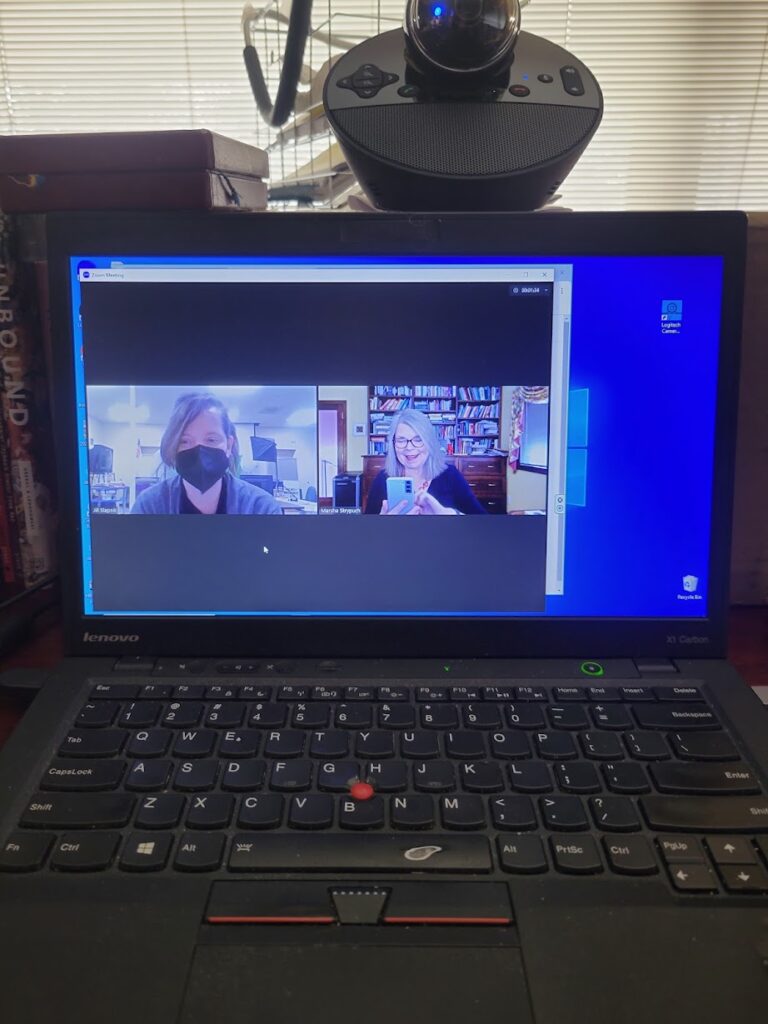
Eleven of my twelve World-Read-Aloud-Day donated virtual visits were claimed by American schools, but one I gave to Melita School in Manitoba, and it came about when two grade 8 students, Chaz and Zander, were doing a project on one of my books and asked to meet with me virtually. Normally, I would have had to say no, but World Read Aloud Day was coming up, so I suggested we meet on that day, with their whole class. It was a wonderful visit with Ms Anderson and her students! Here are some pics.
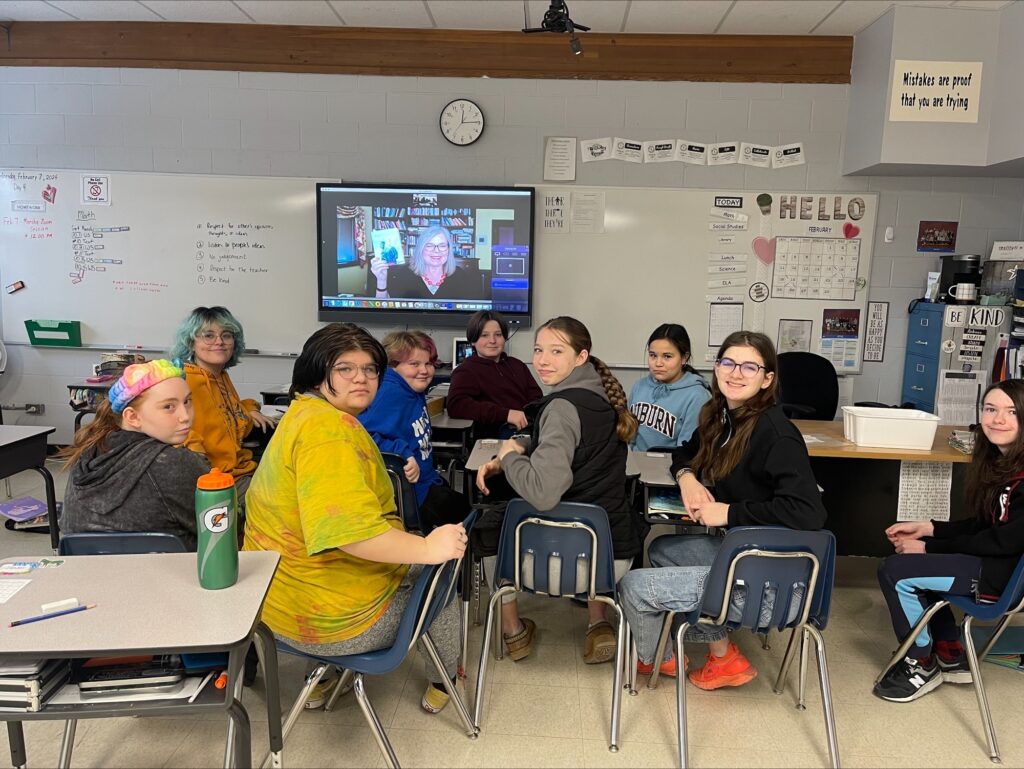
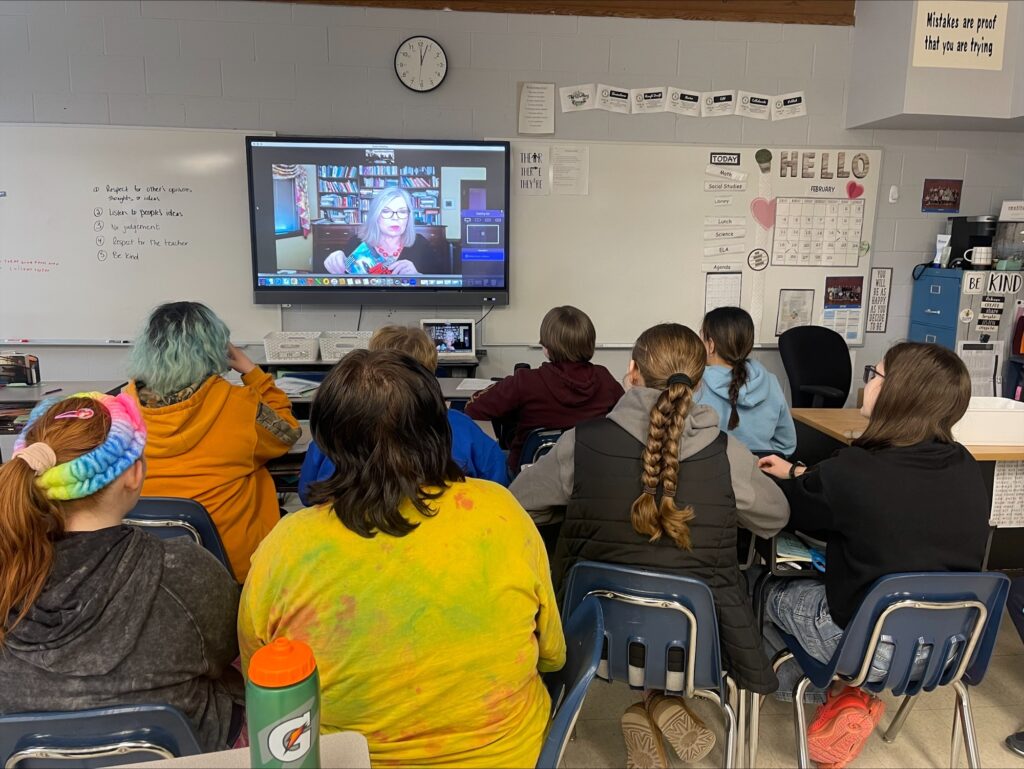
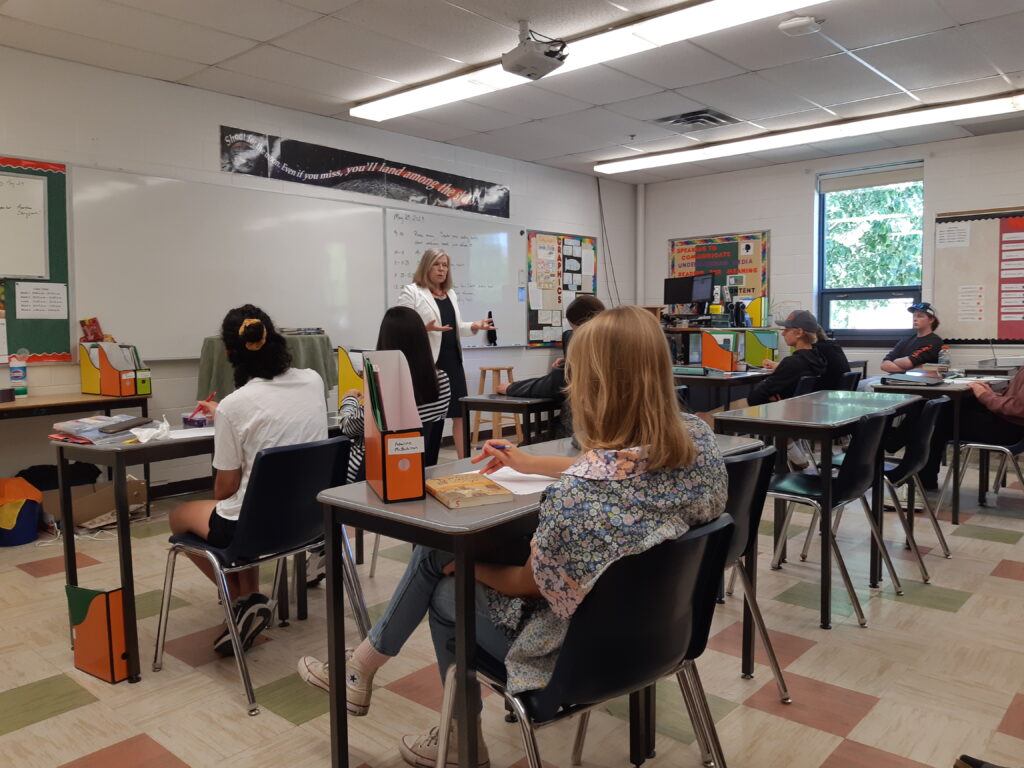
There are lots of bad habits that can mess up a manuscript, but here are three that often show up in early drafts.
ONE: Exclamation marks
Don’t use them.
You can always go back and sprinkle some in later but try to get away with as few as possible. They are a crutch and each time you use one their effect is diminished. Avoiding them will force you to be a better word-selector.
TWO: Fancy and extended dialogue tags
Don’t laden your dialogue tags with description, (ie she said angrily as she took a sip of her hot cider). The words you put in your character’s mouth should imply the power of their wants/needs/loves/hates and the dialogue itself is implicit action, or SHOWING, whereas dumping info into the dialogue tag is by definition TELLING — and should be avoided.
A quick way of cleaning up about 60% of this is to do a global search on “ily” because you’ll find a lot of the adverbs that way and adverbs are all about telling. Trust your power of good dialogue and avoid the temptation of second-guessing yourself by adding into the dialogue tag what you already make clear with your choice of words and tone in what your characters say. Less is more.
THREE: Dialogue instead of scenes
Do you have pages of solid dialogue? This is a red flag for action that happened in the past. If you find sections of your story that are almost entirely dialogue, check it to see if you’re using dialogue as a scene avoidance technique. While conversation is nominally action, over dependence on dialogue is a way to unconsciously avoid writing a scene.
Every paragraph in a story should include at least one powerful action event. Don’t waste action potential on a scene with two heads yakking at each other after the fact. Plunge your scene in the middle of the action, and then chase your characters, keyboard in hand. Your readers will thank you for that.